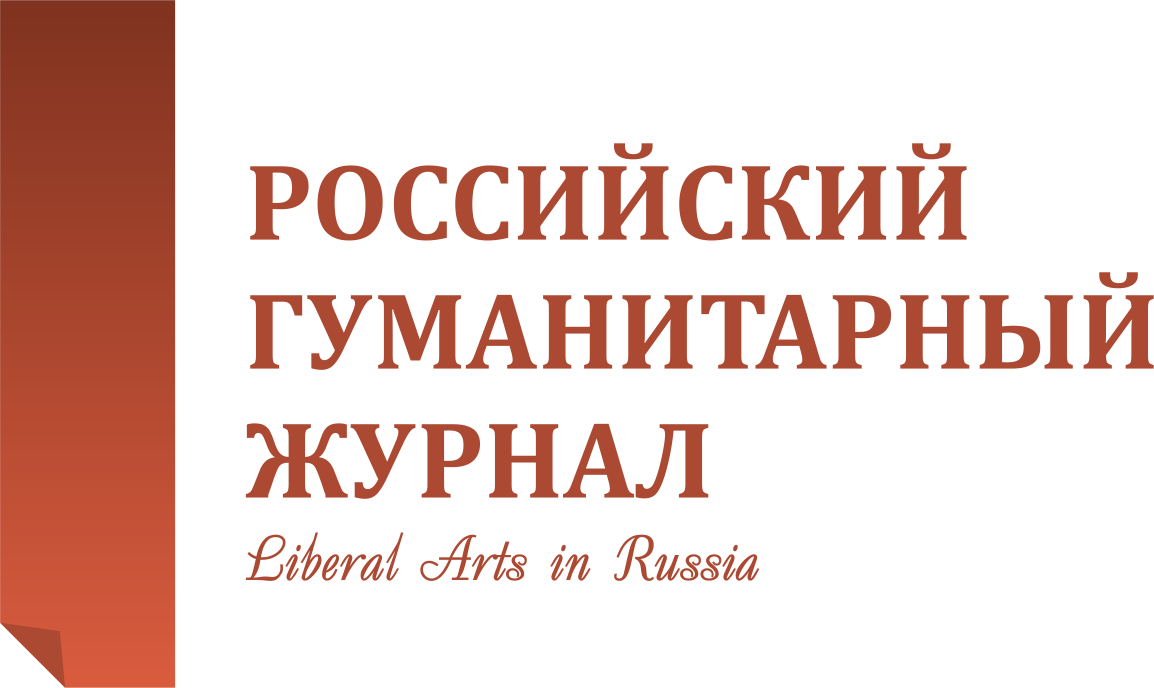Взаимосвязь культурных ценностей и отношения к инновациям
Российский гуманитарный журнал. 2013. Том 2. №5. С. 426-434.
Скачать полный текст (Русский) Email: vera_goldyreva@mail.ruРезюме
В настоящее время для ученых многих стран становится очевидным, что обязательным условием экономического роста и процветания страны является переход экономики в инновационную фазу развития. Способность к инновациям вообще и к инновациям определенного типа в тех или иных областях - это свойство ментальности народов, их культурная специфика. Различия в способностях разных народов и стран к инновациям зависят от характера культуры, культурной среды, в которой человек социализируется. В данной статье представлен теоретический обзор существующих на данный момент работ, направленных на выявление взаимосвязи между ценностями и отношением к инновациям.
Ключевые слова
- • инновативность
- • отношение к инновациям
- • креативность
- • культурные ценности
- • Innovativeness
- • the attitude to innovation
- • creativity
- • cultural values
Литература
- Лебедева Н. М. Ценности и отношение к инновациям: межкультурные различия // Психологический журнал. 2009. Т. 30. №6.
- Черкасова Л. Л. Взаимосвязь креативного поведения личности, отношения к инновациям и ценностей и Ш. Шварца // Альманах современной науки и образования. Тамбов: Грамота, 2012. №12(67). Ч. I.
- Яковец Ю. В. Ускорение научно-технологического прогресса: теория и экономический механизм. М.: Экономика, 1988.
- Arieti S. Creativity: the Magic Synthesis. New York: Basic Books, 1976.
- Dollinger S. J. Autophotographic Individuality Predicts Creativity: a Seven-Year Follow-Up // Journ. of Creative Behavior. 2006. No. 40.
- Dollinger S. J. Predictors of Creativity // Journ. of Creative Behavior. 2005. No. 35.
- Fukuyama F., Culture and Economic Development: Cultural Concerns // International Encyclopedia of the Social and Behavioral Sciences. 2001.
- Geertz C. The interpretation of cultures. New York: Basic Books, 1973.
- Grewal R., Mehta R., Kardes F. R. The Role of the Social-Identity Function of Attitudes in Consumer Innovativeness and Opinion Leadership // Journ. of Economic Psychology. 2000. No. 21.
- Hofstede, G., Culture’s consequences: International differences in work related values. Beverly Hills, 1980.
- Jones G. K., Herbert J., National Culture and Innovation: Implications for Locating Global RandD Operations // Management International Review. 2000. V. 40. No. 1. P. 11–39.
- Kelly T., Littman J., Peters T. The Art of Innovation: Lessons in Creativity from IDEO, America’s Leading Design Firm. New York: Doubleday Publishing, 2001.
- Mayer R. Fifty Years of Creativity Research // Handbook of Creativity / Ed. R. J. Sternberg. London: Cambridge University Press, 1999.
- Rinne T., G. Steel D., Fairweather J., Hofstede and Shane Revisited: The Role of Power Distance and Individualism in National-Level Innovation Success // Cross-Cultural Research. 2012. No. 46(2).
- Rogers E. M. Diffusion of Innovations. 5th ed. New York: Free Press, 2003.
- Schon D., Champions for radical new inventions // Harvard Business Review. No. 41.
- Shane S. Why do some Societies Invent more then others // Journ. of Business Venturing. 1992. No. 7.
- Shane S., Venkataraman S., MacMillan I. The effects of cultural differences on new technology championing behavior within firms // Journ. of High Technology Management Research. V. 5. No. 2.
- Smith A. An Inquiry into the Nature of Causes of the Wealth of Nations. London: Strahan and Cadell, 1977.
- Smith P. B., Bond M. H. Social Psychology across Cultures: Analysis and Perspectives. New York – London: Harvester Wheatsheaf, 1993.
- Stoikan M., Camarda A. L. Innovation economy and the importance of human capital in the developed countries // International Journ. and Information Technologies. Iss. 4. V. 5.
- Styhre A., Börjesson S. Innovativeness and Creativity in Bureaucratic Organizations: Evidence from the Pharmaceutical and the Automotive Industry. Coventry, 2006.
- Subramanian M., Youndt M. A. The influence of intellectual capital on the types of innovation capabilities // Academy of Management Journal. 2005. V. 48, No. 3., P. 450–463.
- Venkataraman S., McMillan I., McGrath R. Progress in Research on Corporate Venturing // State of the Art in Entrepreneurship / Ed. D. Sexton. New York: Kent, 1992.
- Westwood R., David R. Low The Multicultural Muse // Culture, Creativity and Innovation International Journal of Cross Cultural Management. 2003. V. 3. P. 235.
- Yu-Fang Yen. The impact of bank’s human capital on organizational performance: how innovation influences performance. URL: http://www.innovation-enterprise.com/archives/vol/14/issue/4/article/4528/the-impa ct-of-bank%92s-human-capital-on.


